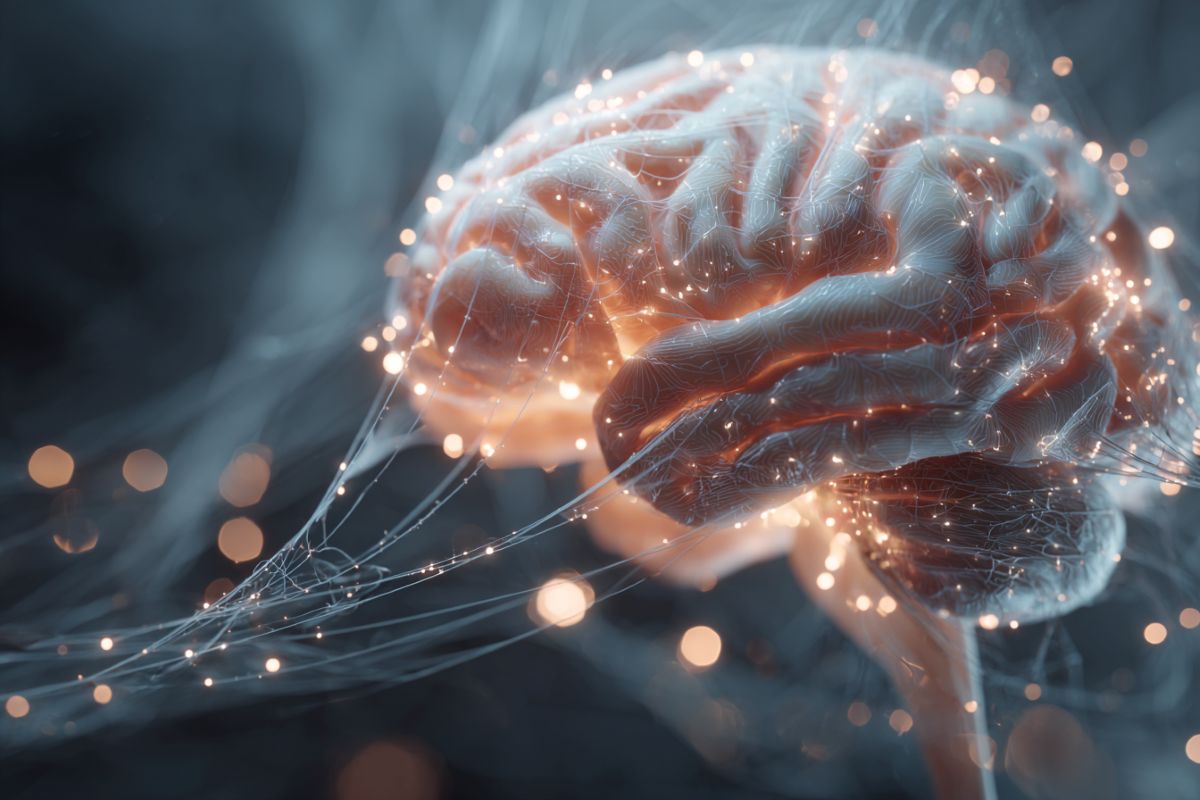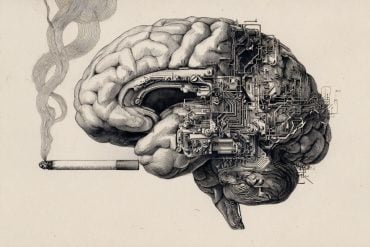Summary: A new study identifies the orbitofrontal cortex (OFC) as a crucial brain region for inference-making, allowing animals to interpret hidden states in changing environments. Researchers trained rats to wait for water rewards that varied in predictable but concealed patterns, showing they adjusted their behavior based on inferred environmental richness.
When the OFC was silenced, this ability vanished, revealing the region’s pivotal role in constructing internal models of the world. The findings illuminate a core cognitive process relevant to understanding disorders where inference breaks down, such as schizophrenia and bipolar disorder.
Key Facts:
- OFC Function: The orbitofrontal cortex acts as an “inference engine” helping animals interpret hidden environmental states.
- Behavioral Evidence: Rats waited longer for rewards when they inferred a low-reward environment and less in high-reward states.
- Disruption Effect: Silencing the OFC eliminated this inference ability, confirming its role in flexible decision-making.
Source: NYU
Animals survive in changing and unpredictable environments by not merely responding to new circumstances, but also, like humans, by forming inferences about their surroundings—for instance, squirrels understand that certain bird noises don’t signal the presence of a predator, so won’t seek shelter when they later hear these same sounds. But less clear is how the brain works to create these inferences.
In a newly published study in the journal Neuron, a team of New York University researchers identified a particular part of the brain that serves as an “inference engine.” The region, the orbitofrontal cortex (OFC), allows animals to update their understanding of their surroundings based on changing circumstances.

“To survive, animals cannot simply react to their surroundings,” explains Christine Constantinople, a professor in New York University’s Center for Neural Science and the paper’s senior author.
“They must generalize and make inferences—a cognitive process that is among the most vital and complicated operations that nervous systems perform. These findings advance our knowledge of how the brain works in applying what we’ve learned.”
The scientists add that the results offer promise for better understanding the nature of neuropsychiatric disorders, such as bipolar disorder and schizophrenia, in which our ability to make inferences is diminished.
The Neuron study, which also included researchers from NYU’s Center for Data Science, examined the neurological activity of laboratory rats in response to a series of experiments.
In these, rodents learned to obtain a “reward”—in this case, sources of water in ports—after being trained to recognize the reward’s presence and volume through audio and light cues. Other rats received no training.
The total amount of water—offered in discrete amounts ranging from 5 to 80 microliters—in the ports varied, ranging from “low” to “high” to “mixed” states in their overall quantities of water.
However, though the total amounts of water were different in each state, some water block amounts were present in multiple states—for instance, some low and mixed states both contained 10 microliter water amounts while low, mixed, and high states all contained 20 microliter water blocks. Therefore, the underlying reward state was “hidden” to the animal.
The experiment was designed in order to see if the animals could make inferences through a series of trials. The scientists hypothesized, for example, that the rats would learn to wait longer for a 20 microliter block of water to disperse from a “low” state port than they would for the same amount of water to come from a “high” state port.
“In a low state, if they were making inferences, they would wait longer for water to come because they were not going to get more water on the next trial—so it’s worth the wait,” explains Constantinople.
“However, 20 microliters is the worst option in a high state, meaning it’s worth less, so they would spend less time waiting for it.”
The experimental design was modeled after a “willingness-to-pay” task in economics in which humans are asked how much they would pay for different items. In the Neuron study, by contrast, the rats “pay” with their time—waiting.
Overall, the rats waited longer for a water reward in low states and less time in reward-rich states—those with larger volumes of water—indicating that they inferred the state when deciding how long to wait for the reward: the same amount of water was more or less worth the wait depending on other available rewards. Untrained rats did not make such inferences.
However, when the brain’s OFC was disrupted, the trained rats could no longer update their understanding of what the other available rewards might be—specifically, they couldn’t make distinctions among hidden states.
These results, based on recordings of more than 10,000 neurons, suggest that the OFC is directly involved in helping the brain make inferences in changing situations.
Funding: This work was supported by grants from the National Institutes of Health (DP2MH126376), the National Science Foundation (R01MH125571, K01MH132043, 5T32MH019524, 5T90DA043219, and F31MH130121), and the Department of Energy. The content is solely the responsibility of the authors and does not necessarily represent the official views of the National Institutes of Health.
Key Questions Answered:
A: The orbitofrontal cortex (OFC) enables animals to update their understanding based on changing circumstances.
A: Rats judged how long to wait for water rewards based on hidden “states” of reward availability, revealing whether they inferred richer or poorer environments.
A: Trained rats could no longer distinguish hidden states or update expectations, showing the OFC is crucial for inference.
Editorial Notes:
– This article was written by a Neuroscience News editor.
– Journal paper reviewed in full.
– Additional context added by our staff.
About this neuroscience research news
Author: James Devitt
Source: NYU
Contact: James Devitt – NYU
Image: The image is credited to Neuroscience News
Original Research: Open access.
“The orbitofrontal cortex updates beliefs for state inference” by Christine Constantinople et al. Neuron
Abstract
The orbitofrontal cortex updates beliefs for state inference
While the orbitofrontal cortex (OFC) is implicated in learning and inferring latent states, the precise computation performed by the OFC for state inference is unclear.
Here, we show that the rat OFC updates beliefs about states, and this process is decipherable from OFC dynamics in rats performing state inference but not alternative strategies.
We trained rats to perform a temporal wagering task with hidden reward states. Well-trained rats used state inference when deciding how long to wait for rewards, and OFC inactivations impaired belief updating about states.
Electrophysiology and novel population analysis methods identified latent neural factors reflecting inferred states in rats performing inference, but not other strategies. Neural firing rates and latent population factors showed abrupt changes following trials that were informative of state transitions.
These results identify a precise computation performed by OFC and reveal neural signatures of inference.






